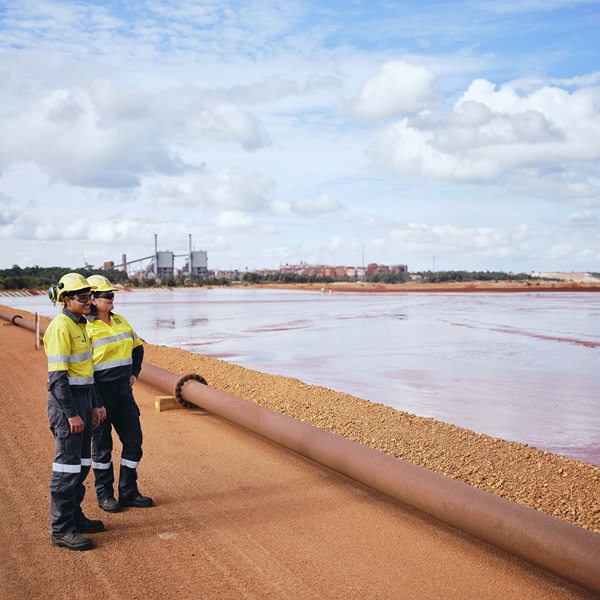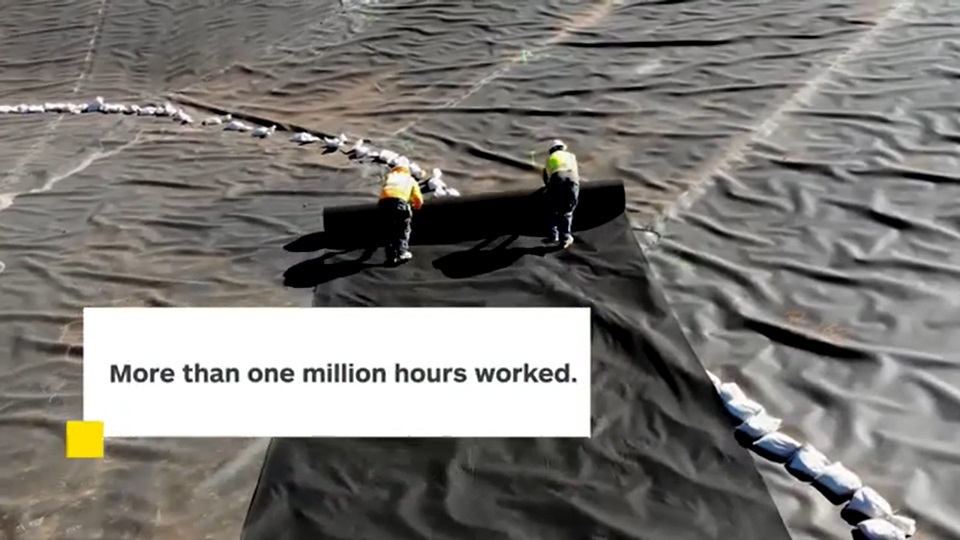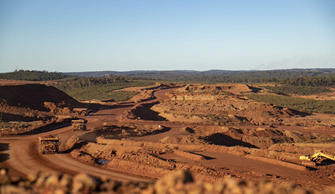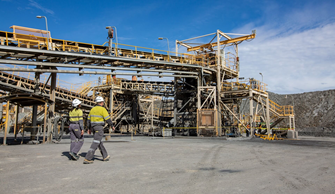Our approach

Our approach
Our approach to tailings management is consistent with the International Council on Mining and Metals (ICMM) Tailings Management: Good Practice Guide, which is informed by the requirements of the GISTM and the commitments in the ICMM’s Tailings Governance Framework Position Statement, the ICMM Mining Principles, as well as the Australian National Committee on Large Dams (ANCOLD) guidelines.
Our Approach to Tailings Management outlines our commitment to safe and responsible management throughout the lifecycle of the TSFs that we operate. It describes our approach to tailings management, including resourcing and accountabilities, emergency preparedness and response, community engagement, and reporting and disclosure.




